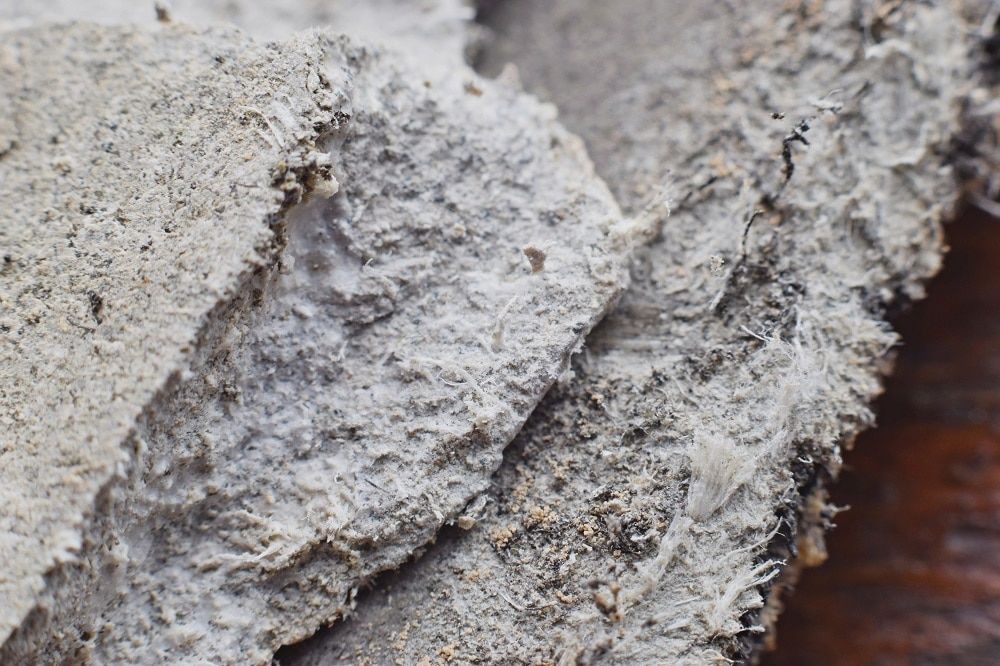Asbestos is a naturally occurring mineral that was commonly used in construction materials prior to the 1980s due to its heat and fire-resistant properties. However, asbestos fibers can become airborne and inhaled, which can cause serious health problems such as lung cancer, mesothelioma and asbestosis.
Here are some guidelines for dealing with asbestos in your home or building:
Identify the presence of asbestos: If your home or building was built before the 1980s, it may contain asbestos. Have a professional conduct an asbestos inspection to determine if asbestos is present and in what forms.
Do not disturb it: Asbestos fibers can become airborne and inhaled when disturbed. If asbestos is found in your home, it is important not to disturb it by sanding, drilling or cutting the material.
Leave it alone: If asbestos-containing materials are in good condition and not disturbed, they may not pose a health risk.
Hire a professional: If asbestos-containing materials need to be removed or repaired, it is best to hire a professional asbestos abatement company. They are trained to safely remove and dispose of asbestos.
Follow proper safety protocols: Asbestos abatement companies must follow strict safety protocols to protect workers and residents from asbestos exposure. This includes sealing off the work area, using protective gear, and properly disposing of asbestos-containing materials.
Regularly inspect: Make sure to schedule regular inspections to identify if there are any new asbestos-containing materials in your home or building.
It's important to note that asbestos exposure can lead to serious health issues, so it's important to take the necessary precautions to protect yourself and your loved ones. It's highly advisable to hire a professional to handle asbestos-containing materials.

